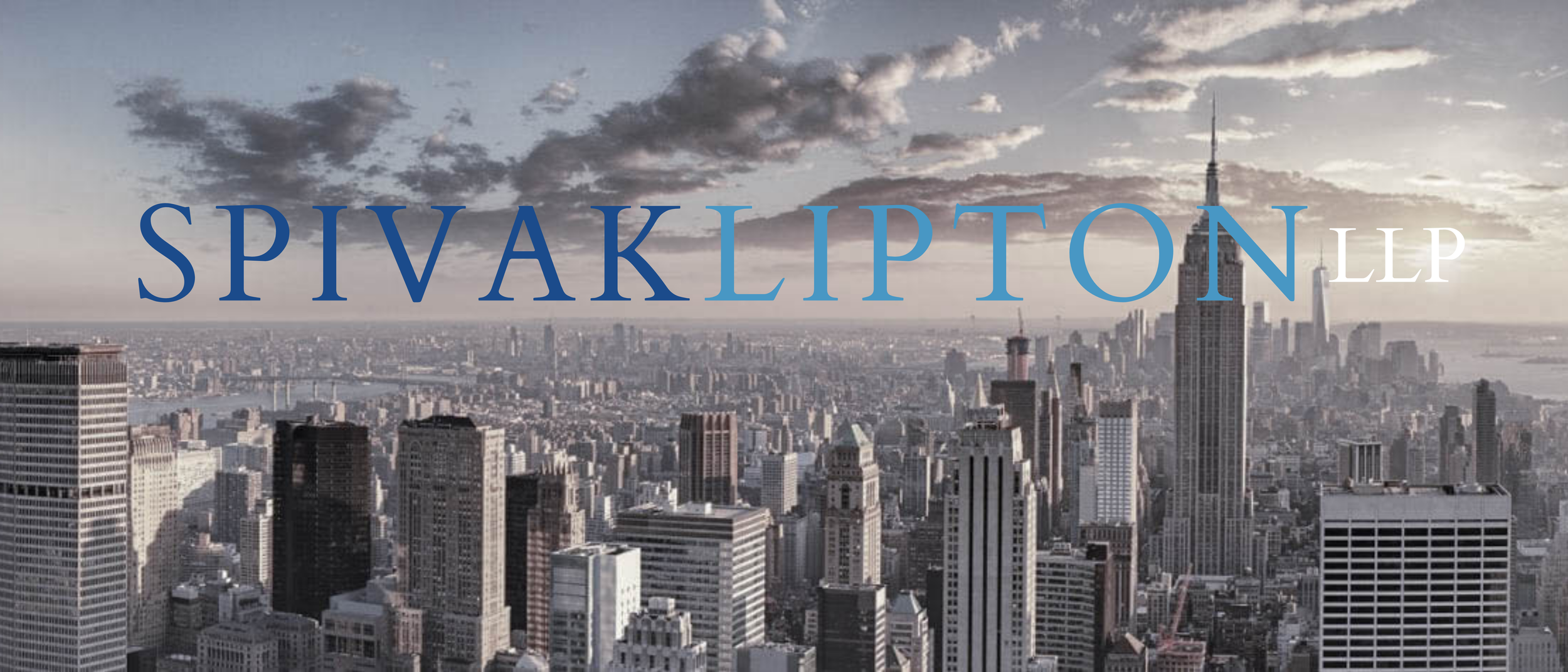We applaud the CBS show, The Good Wife, for bringing labor law to prime time and creating a riveting story about worker solidarity in the face of an employer’s unjust actions. However, from a labor lawyers’ perspective, the liberties the show took to neatly fit the story into its time slot was mind boggling!
For those of you who missed The Good Wife episode titled “A More Perfect Union,” [http://www.cbs.com/shows/the_good_wife/episodes/212026/] here is a recap: a lawyer (Alicia Florrick played by Julianna Margulies) is asked to review an employment contract for coders employed at a software development company. According to the employer, the coders have 48 hours to review the contract, sign it, or be fired. The contract required the coders to work 18 hours shifts and could not file suit. A group of coders do not like the terms and ask the lawyer to help them negotiate the contract
During a meeting (lawyers for both sides and a group of coders were present), the employees’ lawyer requests overtime pay for work over 60 hours a week, performance based bonuses, and criteria for just cause. The employer responds by turning over termination letters for each coder and remarks “we are looking for artists, not employees.”
During the commercial break, an associate must have remembered the National Labor Relations Act (“NLRA”). The employees’ lawyer advises the employees: “they can’t fire you for saying you are forming a union.” The lawyer (wrongly) interprets this to mean that the employees must have considered forming a union in order to enjoy NLRA protection. It is clear from the story so far that the employees had not considered formal unionization, but they did act in concert to confront management with concerns about terms and conditions of their employment. The latter is protected activity under the NLRA even absent a union or an organizing drive. Learn more about “protected concerted activity” under the NLRA: http://www.nlrb.gov/concerted-activity.
After another commercial break, the action moves to a National Labor Relations Board (“NLRB”) hearing room before an Administrative Law Judge (“ALJ”). The show dispenses with such technical formalities as the actual filing of a representation petition or unfair labor practice charge, the notice period for a hearing and efforts to negotiate an election agreement. The ALJ serves as comic relief -- “Call me Rod!” -- as he fumbles and explains how he is new to the bench. The employees’ lawyer seeks to enjoin the termination, and wants to “lay the groundwork for the defense.” In a real NLRB proceeding on an unfair labor practice charge, a Board attorney prosecutes the case and the ALJ is a commanding presence in the hearing room.
The hearing miraculously concludes in one day. Typically, a hearing lasts more than one day as witnesses are presented and cross-examined, documents are introduced and finally, briefs are submitted. Here, the ALJ rules from the bench and finds that there was concerted activity and that the employees must vote on whether they want a union. He then orders that the election be held in 24 hours! Under the NLRB Rules, a directed election (usually issued by a Regional Director of one of the NLRB’s Regional offices) cannot be held prior to 25 days after the direction or 30 days after. The show also disregards all the standard election procedures, such as the employer’s provision of the voter eligibility list (the Excelsior List) and the mandatory day review period (minimum of 10 days), the election notice posting period, the designation of observers, etc. A detailed schematic of the election process can be found at the NLRB website: http://www.nlrb.gov/nlrb-process.
By forcing an election within 24 hours, meetings with employees are likely to trigger the “Peerless Plywood” rule prohibiting meetings of amassed employees within 24 hours of an election. The election campaign period is supposed to be one maintained under laboratory conditions so employees are not unduly influenced or coerced in choosing whether or not to elect a union. Nevertheless, in the show, the 24 hour period still allows sufficient time for plenty of employer shenanigans including the termination of a couple of swing voters, and the granting of company shares to an employee converting her into a part owner. Somehow the lawyers are able to get in front of the ALJ in sufficient time for the election to have these issues resolved. Under normal procedures, the parties would either file an unfair labor practice charge, or await the outcome of the election and file within 7 days an objection to the conduct of the election in hopes of having the election results overturned because the process was tainted. It is also possible that the terminated employees could have attempted to vote and those ballots could have been challenged. Under general standards, these employees would still have been allowed to vote as long as they were still employed as of the payroll eligibility cut-off date that was agreed upon, or directed, when the election terms (including voting times, location, number of observers) were set. The granting of shares to an employee immediately prior to an election would likely be objectionable as an impermissible promise of benefits to sway a voter.
Instead of having the ballots counted that same day at the polling place, the ALJ is called upon to count the votes and he announces that a majority of the votes is cast in favor of the union. Success! But wait…the employer’s lawyer rises and states that since another company purchased the software company’s intellectual property, it is no longer the employer and cannot negotiate with the union. Plus, the employees are out of a job anyway. End scene.
As entertaining as the plot line was for “The Perfect Union,” real life union elections and organizing efforts are even more compelling as workers join together to improve their terms and conditions of employment and challenge their employers to pay fair wages and provide benefits. Feel free to contact us if you would like more information about how to organize your workplace, prepare for a union election or challenge the unfair or illegal actions of your employer!







